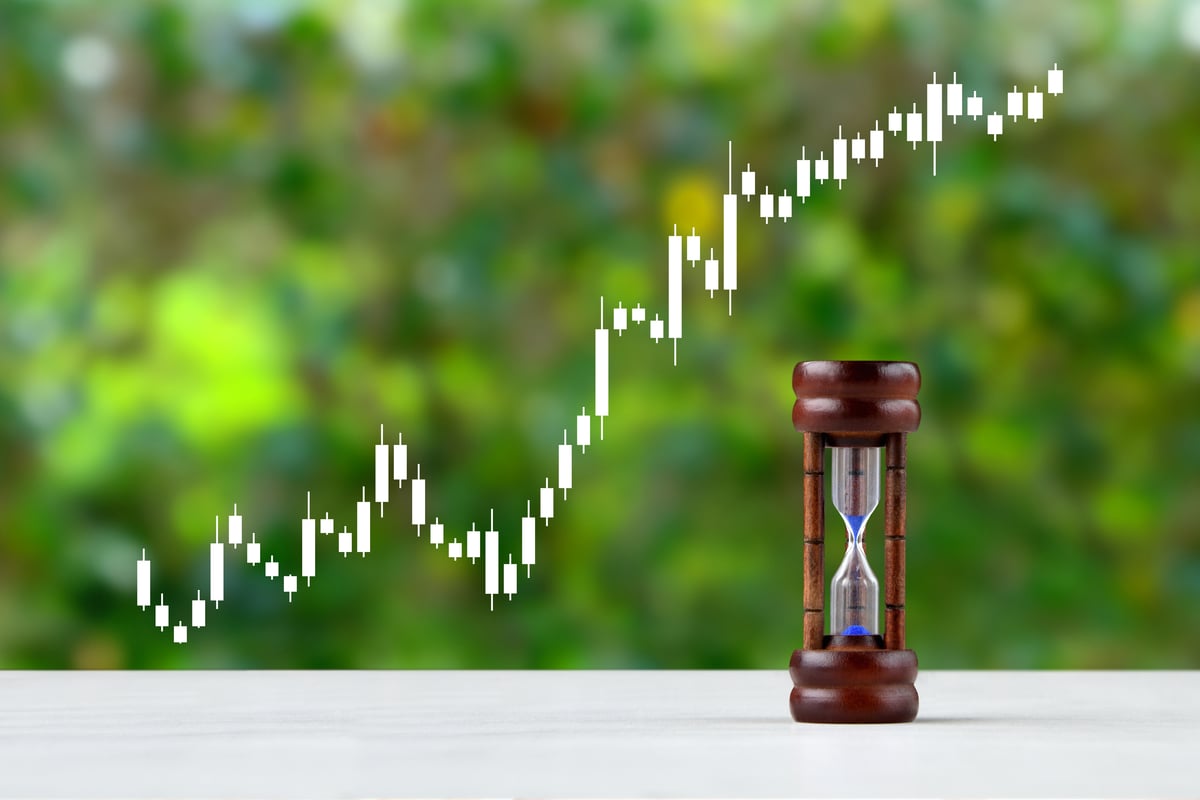One of Amazon.com's (AMZN 0.60%) best and most differentiating strategies is its Fulfilled by Amazon, or FBA, program. FBA is heavily tied to Amazon Prime, since those two-day shipping times are not only paid for in part by Prime membership fees, but also enabled by having all that inventory on hand within Amazon warehouses ready to go. Amazon is able to charge merchants a wide range of fees for FBA, helping to cover the shipping costs for all that free Prime shipping.
However, increasing fulfillment costs are now becoming a concern for investors.
FBA cuts both ways
During last week's earnings release, Amazon noted that FBA grew significantly throughout 2015, shipping over 1 billion units for third-party sellers. The number of active sellers participating in FBA soared over 50%, and FBA units comprised almost half of all third-party units shipped in the fourth quarter. In no uncertain terms, FBA is a huge success and a key part of Amazon's economic engine.
On the conference call, CFO Brian Olsavsky noted that fulfillment costs were $4.4 billion, or 12.3% of revenue. That's a notable increase from the 11.3% of sales that were allocated to fulfillment costs a year ago, especially when we're talking about a low-margin business like e-commerce. The main reason why fulfillment costs are rising is simply because FBA is too popular.
Here's Olsavsky:
So a really strong quarter for our FBA sellers using our FBA services. It did put a lot of demands on our warehouses and we were full. It was a very busy quarter and it did increase some of our variable costs as a result, primarily in the U.S., but a very strong quarter for FBA. It exceeded our -- even our expectations.
Soaring seller demand for FBA is absolutely a good thing, even if it leads to some increased costs in the short term to cope with that demand and expand fulfillment capacity. While margins may take a hit right now, margins will inevitably expand as Amazon continues to invest in FBA.
Overall shipping costs for 2015 were in line with prior years. Amazon paid net shipping costs of about $5 billion throughout the year, or 5.1% of net sales. Shipping costs were 5% of net sales for 2013 and 2014, so no meaningful change on this front. Olsavsky added that the increased shipping costs were primarily being driven by demand from Prime members ordering FBA untis.
Two peas in an e-commerce pod
Since Prime and FBA are so closely linked, growing the FBA program ultimately benefits Prime, which is the crown jewel of Amazon's e-commerce operations. Worldwide Prime members jumped 51% last quarter, driven partly by international expansion as Amazon continues to invest in countries like India.
But here's another important thing to know. Overall fulfillment costs per unit are decreasing, which is significant considering the growth in Amazon's shipment volumes. This is perhaps one of the most meaningful measures of Amazon's fulfilment efficiency.
Besides, the profitability of Amazon Web Services (17% operating margin last quarter) helps pay for some of these investments.






